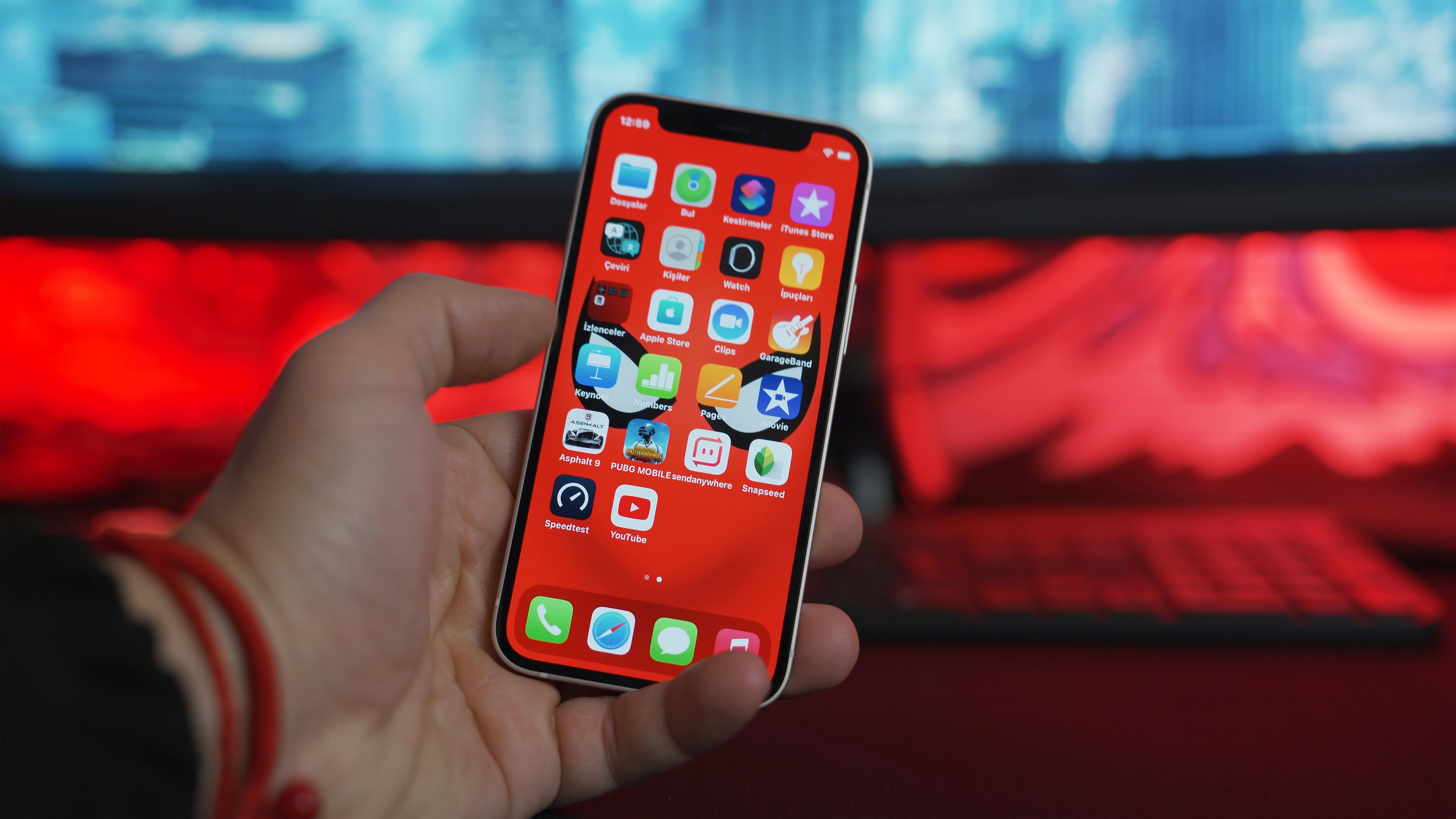Are you tired of dealing with slow internet connection and troubleshooting problems? In this article, you will discover some practical solutions to fix slow internet connection issues and troubleshoot common problems. From checking your network equipment to optimizing your Wi-Fi settings, we’ve got you covered. Get ready to say goodbye to buffering videos and frustratingly slow downloads as we explore simple steps to improve your internet speed and ensure a smooth online experience.
Check your internet speed
It can be frustrating when your internet connection is slow and not performing as it should. The first step in troubleshooting this issue is to check your internet speed. There are many online speed test tools available that can help you measure your network’s performance. These tools typically provide you with information about your download speed, upload speed, and latency. By comparing the achieved speed with the speed outlined in your internet plan, you can determine if your connection is performing below expectations.
Restart your devices
Sometimes, a simple restart can work wonders in resolving internet connection issues. Start by turning off your modem and router. Wait for a few seconds and then turn them back on. This allows the devices to establish a fresh connection with your internet service provider (ISP) and can often fix minor glitches that may be slowing down your internet speed. It’s also a good idea to reboot your computer or mobile device while you’re at it, as this can help clear any temporary network-related issues.
Adjust your Wi-Fi setup
If you are experiencing slow internet speeds on a wireless connection, there are several adjustments you can make to optimize your Wi-Fi setup. First, try moving closer to the router. This helps ensure that you are within range and can receive a stronger signal. Additionally, check for any obstacles that may be obstructing the signal, such as walls or furniture. If possible, reposition the router to minimize interference.
Another step to consider is changing the Wi-Fi channel. Routers typically operate on specific channels, and sometimes, changing to a less crowded channel can improve your connection’s performance. Refer to your router’s manual or consult the manufacturer’s website for instructions on how to change the Wi-Fi channel.
Updating your router’s firmware is also crucial. Router manufacturers regularly release firmware updates to improve performance and address security vulnerabilities. Check your router’s settings or visit the manufacturer’s website to see if there are any available firmware updates for your device. If you are still experiencing Wi-Fi signal issues, consider using a Wi-Fi extender to expand the coverage area of your network.
Use a wired connection
While Wi-Fi offers convenience, a wired connection can often provide a more stable and faster internet connection. To establish a wired connection, connect your device directly to the modem or router using an Ethernet cable. This eliminates any potential interference or signal loss associated with wireless communication. If you have a desktop computer or are in close proximity to your modem/router, using a wired connection is highly recommended for optimal internet speeds.
Check for software issues
Software-related issues can also impact your internet connection. Conducting a thorough scan for malware or viruses is essential to ensure that your system is not compromised and causing network slowdowns. Use a reliable antivirus or anti-malware program to scan your device and remove any identified threats. Additionally, disable any bandwidth-heavy applications that may be running in the background, as they can consume a significant portion of your network’s resources.
Keeping your operating system and applications up to date is crucial for overall system performance and network connectivity. Updates often include bug fixes and optimizations that can improve your internet speed. Regularly check for updates for your operating system, web browser, and other applications and promptly install them.
Clearing your browser cache and cookies can also help resolve slow internet connection issues. Over time, cached data and cookies can accumulate and potentially impact your browsing speed. Clearing these temporary files can free up resources and improve your overall internet experience. Furthermore, resetting your browser settings to their default values can eliminate any misconfigurations that may be hindering your connection.
Manage your network bandwidth
If you have multiple devices connected to your network, it’s important to manage your network bandwidth effectively. Limiting the number of devices connected simultaneously can help reduce congestion and improve internet speeds for individual devices. Consider disconnecting or temporarily disabling Wi-Fi access for devices that are not in use or do not require an active internet connection.
Prioritizing internet usage for essential tasks is another effective approach. Allocate more network resources to activities that require high-speed internet, such as video conferencing or online gaming. Some routers provide a feature called Quality of Service (QoS), which allows you to prioritize certain applications or devices over others. Take advantage of this feature if available to optimize your network’s performance for specific tasks.
Contact your Internet Service Provider (ISP)
If you have tried numerous troubleshooting steps and are still experiencing slow internet speeds, it may be time to reach out to your ISP. Contacting your ISP can help determine if there are any service outages or maintenance work happening in your area. They can also check for potential line or signal issues that may be affecting your connection. In some cases, your internet plan may not be sufficient for your needs, and upgrading to a higher speed plan can significantly improve your internet performance.
Optimize your DNS settings
Domain Name System (DNS) servers play a crucial role in translating website addresses into IP addresses and facilitating internet communication. By default, your device uses your ISP’s DNS servers, but there are often faster options available. Consider switching to a faster DNS server, such as Google DNS or Cloudflare DNS, to potentially improve your browsing speed. Instructions for changing DNS settings can vary depending on the operating system or device you are using.
Flushing your DNS cache can also help resolve slow internet connection issues. DNS cache stores information about previously accessed websites, and clearing this cache can ensure that your device fetches the latest information when visiting a website. Instructions for flushing DNS cache can also vary based on your operating system, but a quick online search can provide the necessary steps.

Consider the physical environment
The physical environment in which your router is placed can impact its signal strength and overall performance. Elevating the router to a higher position, such as placing it on a shelf or wall mount, can enhance the Wi-Fi coverage area and reduce interference from obstacles. Additionally, avoid placing the router near large electronic devices, as they can potentially interfere with the signal.
Keeping your devices updated is also important for optimal internet speeds. Outdated network interface cards (NICs) or Wi-Fi adapters may not support the latest wireless standards or have firmware bugs that can impact performance. Ensure that your devices are running the latest software updates and consider replacing outdated or malfunctioning equipment if necessary.
Further troubleshooting steps
If you have exhausted all the above steps and are still experiencing slow internet connection issues, there are a few additional troubleshooting methods you can try. Resetting network settings on your device can help resolve any configuration issues that may be affecting your internet speed. Consult your device’s user manual or search for instructions specific to your device model.
Checking for firmware updates on your modem/router is also essential. Similar to updating your router’s firmware, it is crucial to ensure that your modem or router is running the latest software version. Firmware updates often include bug fixes and performance enhancements that can improve your internet connection.
If all else fails, consider reaching out to technical support or visiting online forums that specialize in your specific device or network issues. Sometimes, others who have experienced similar problems can provide valuable insight and solutions to help troubleshoot and resolve your slow internet connection problems.
In conclusion, slow internet connection issues can be frustrating, but by following these comprehensive troubleshooting steps, you can identify and address potential problems. From checking your internet speed to adjusting Wi-Fi settings and managing network bandwidth, each step plays a role in optimizing your internet performance. Remember, if you’ve exhausted all troubleshooting steps, contacting your ISP or seeking technical support may be necessary to further diagnose and fix the underlying issues.




